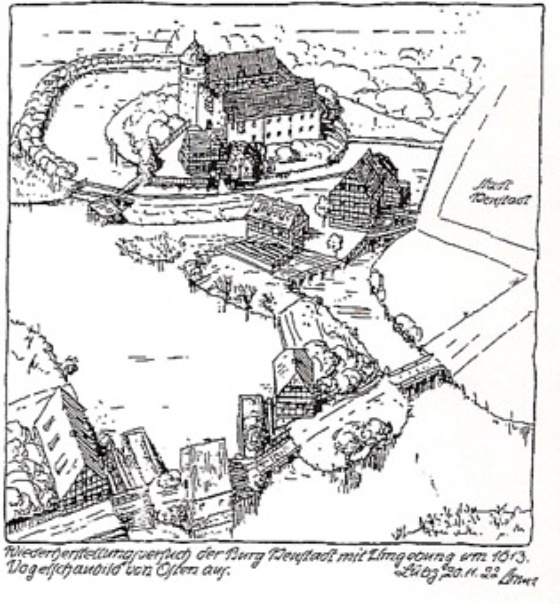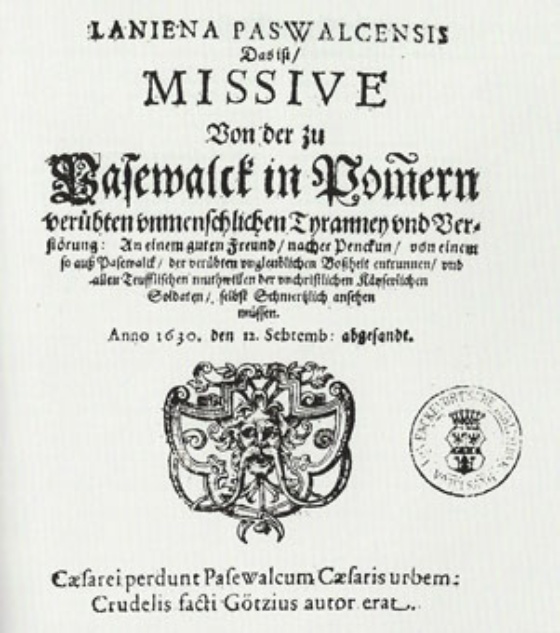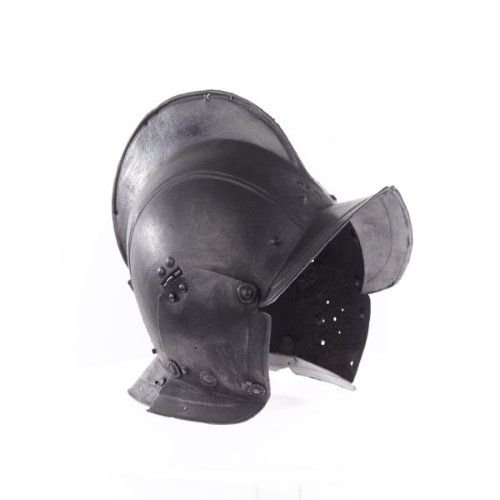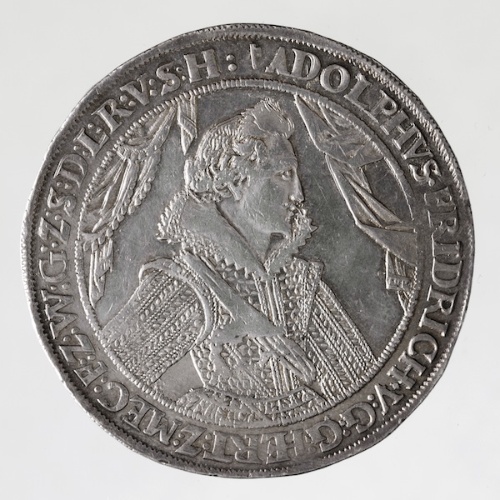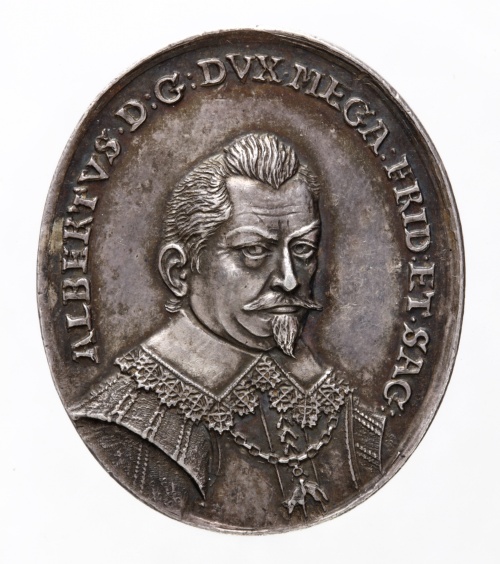The second major territorial partition in 1621 led to the creation of the smaller principalities of Mecklenburg-Schwerin and Mecklenburg-Güstrow. The Thirty Years’ War (1618-1648) and the destruction it caused spread across the state. Its last third was shaped in Mecklenburg by Albrecht von Wallenstein. He was elevated by the Emperor to Duke of Mecklenburg who reported directly to the Emperor. Yet after his murder his approaches to reform were withdrawn.
In 1648 Wismar with the island of Poel and the administrative town of Neukloster fell to Sweden. The Mecklenburg Dukes received the dioceses of Schwerin and Ratzeburg, which they already ruled, as secular principalities.
